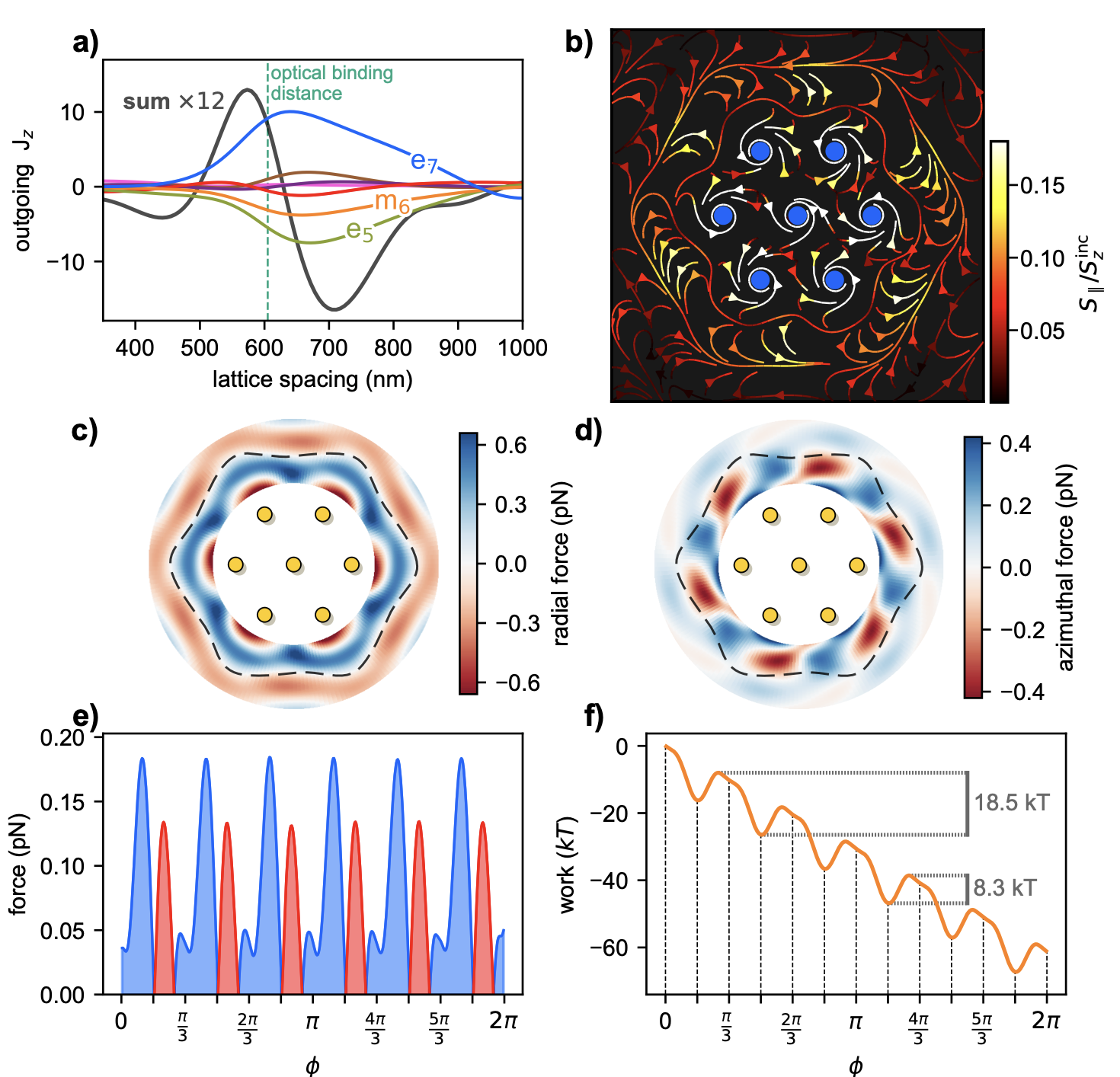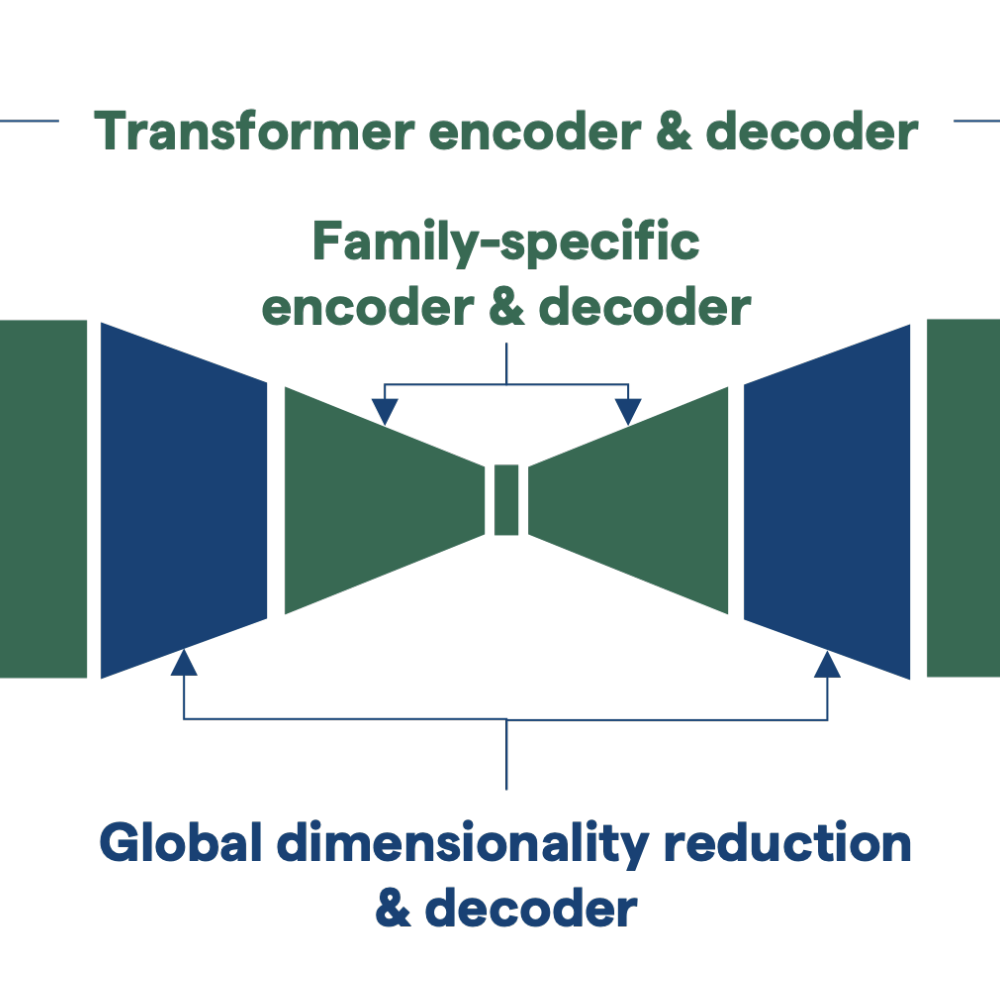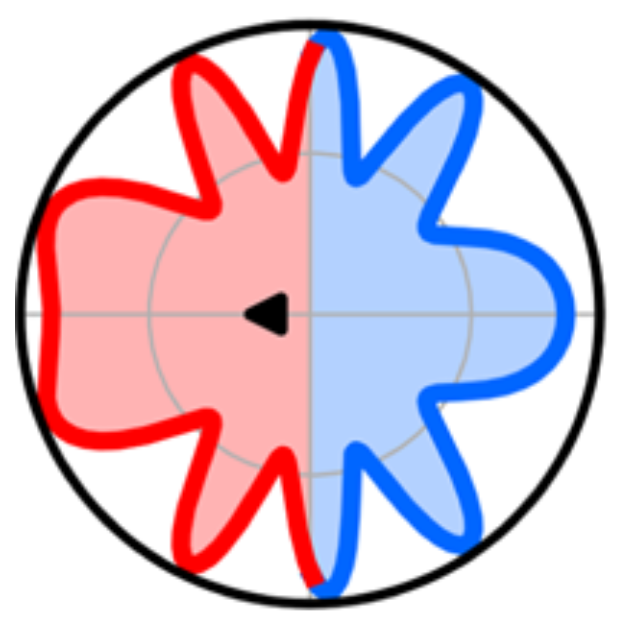Granular physics
Granular materials are a large collection of objects that interact via hard collisions, such as sand or cereal. The complexity of granular systems is due to the large number of objects and the complex force networks that form, resulting in novel dynamics such as pattern formation and jamming.


































